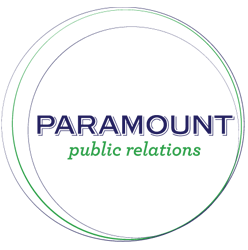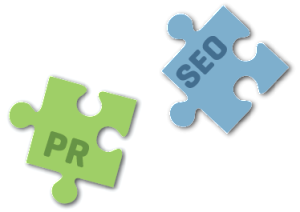
Email is the most common form of communication in countless fields of business, including PR. Whether connecting with clients, media contacts or coworkers, PR specialists are constantly building professional relationships through email. In a recent article, Levo League compiled five tips from Brazen Life for becoming an expert in the art of email. Here are our top three:
1. Be brief
A successful career leads to a busy life! Influential people don’t have time to read through long, winding emails, so present the essential content right away. Be very clear in what you want and why your message is important to your contact. “A long email is like the stranger who reveals their life story five minutes after you shake their hand. Ain’t nobody got time for that! Short messages decrease the chance your contact drags your email into their trash folder”, Brazen Life says. Keep things simple to save time on both ends.
2. Keep it genuine
Trust is the basis of all positive professional relationships. Create this trust with your contact by making your intentions clear. Avoid an automatic delete by keeping content honest and likeable. “Successful people develop a B.S. detector after constantly having others compete for their time and attention”, notes Brazen Life. Never underestimate the importance of authenticity.
3. Show you’re already winning
Don’t be afraid to share your accomplishments! Gain credibility by sharing a recent or unique project with your contact. “The message conveyed is that you don’t mooch, and that establishing a professional relationship with you won’t be a waste of their time and effort”, Brazen Life says. Prove yourself by showing your contact that you’re already winning.
Important connections depend on effective communication. Take a little extra time when composing your next professional email.
Read the full article here: http://www.levo.com/articles/career-advice/how-to-get-people-to-respond-emails


 When hiring, give an applicant’s potential to grow more weight than her current skill level. What she will be capable of tomorrow is much more important than what she can do today. Why? Because if you give a good idea to a mediocre team, they will screw it up. But give a mediocre idea to a great team, they will either fix it or come up with something better. That’s why people matter.
When hiring, give an applicant’s potential to grow more weight than her current skill level. What she will be capable of tomorrow is much more important than what she can do today. Why? Because if you give a good idea to a mediocre team, they will screw it up. But give a mediocre idea to a great team, they will either fix it or come up with something better. That’s why people matter.
 A recent Cision
A recent Cision 




